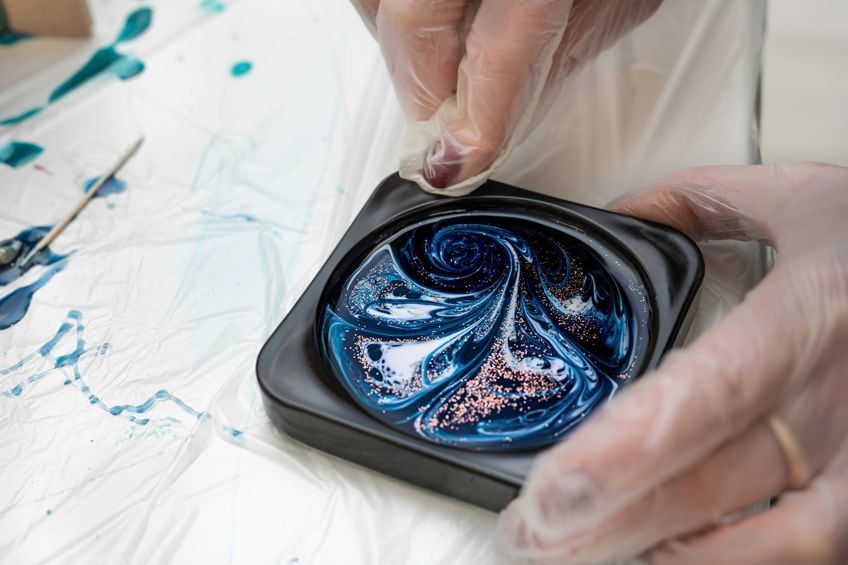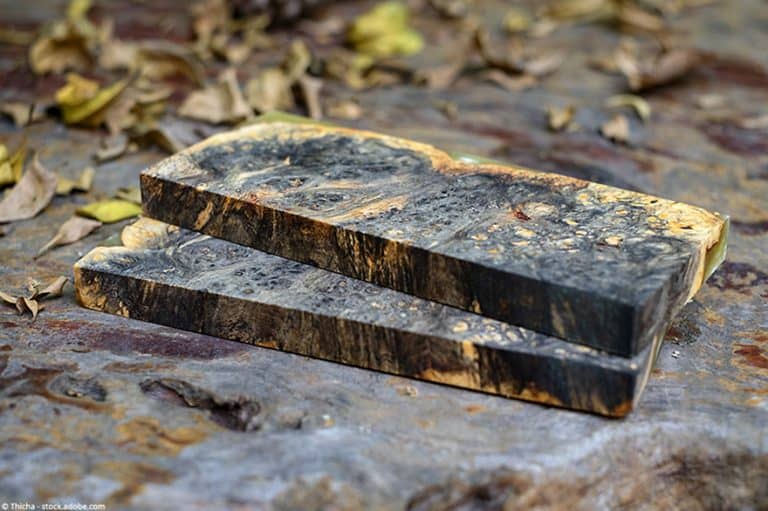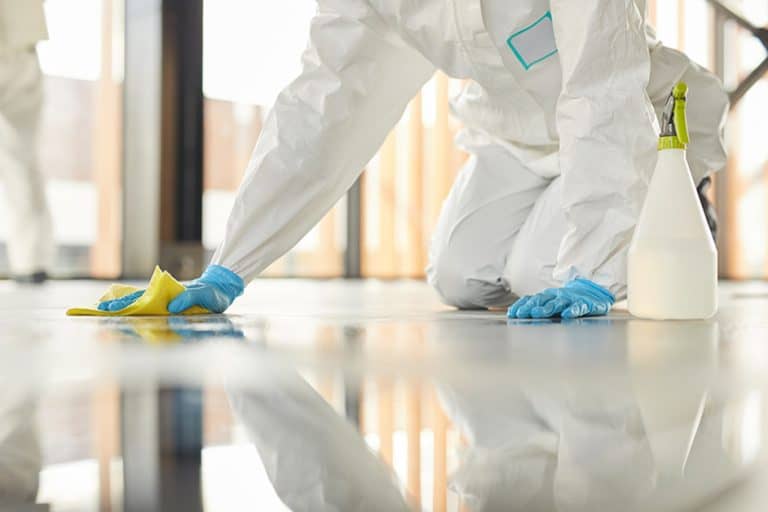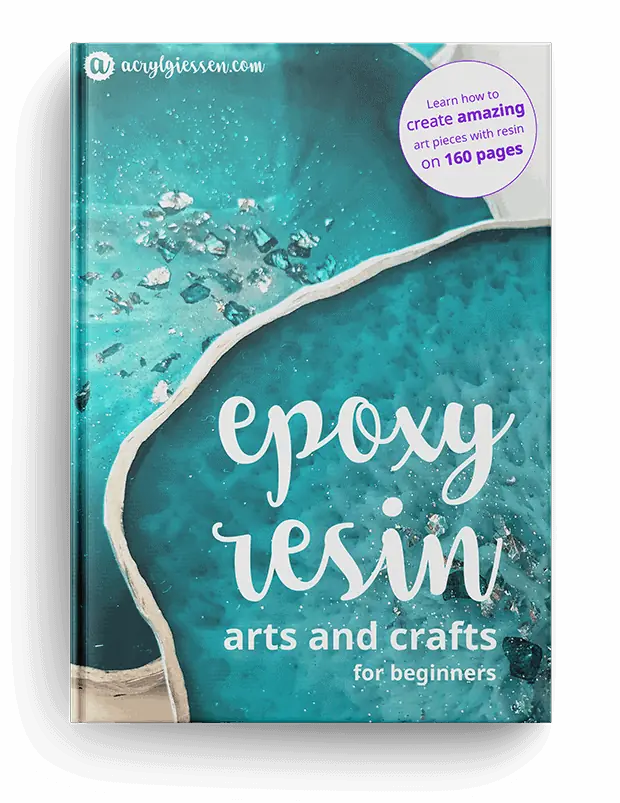Can You Use Food Coloring in Resin? – How to Color Resin Easily
This post may contain affiliate links. We may earn a small commission from purchases made through them, at no additional cost to you.
Color: It has the potential to make or break anything. Color can bring a wedding together, make you fall in love with a dress, make you buy a car that’s far outside of your budget, or make your eyes pop through contrast. In the world of resin casting, color can have a huge effect on the aesthetic impact of a workpiece, but have you ever wondered how color is added to resin? Typically, one uses dyes graded for use with resin, but can you use food coloring in resin? Let’s have a look and find out.
Table of Contents
Can Food Coloring Be Used in Resin?
Before we get started, you should know that food coloring is not designed to interact with resin, this is why we have a variety of coloring agents for resin and other epoxy products. Food coloring (as the name suggests) is meant for food products and doesn’t do particularly well when applied to more viscous substances like resin. This being said, it’s not impossible to use food coloring to add some color to your resin.

On the other hand, food coloring is great for those who are using resin for the first time and want to add some color. It’s also great if you’re on a budget as dyes can get pretty expensive, especially the high-quality ones. So, can you use food coloring in resin? Yes, but in the interest of quality and ease of use, it shouldn’t be considered a primary means of adding color to your epoxy resin workpieces.
Can You Use Food Coloring in UV Resin?
If you’re wondering what UV resin is, here’s a quick rundown before we get into coloring it. UV resin is a special variation of resin that dries and cures when it comes into direct contact with natural or artificially generated UV radiation. This doesn’t make it any more resistant to the overall effects of UV, but it does mean that if you happen to be working on a project that is time sensitive, UV resin will dry significantly quicker than traditional resin products.
Does food coloring work in resin formulated in this manner? Yes, although you should note that oil-based food dyes work the best when coloring this type of resin, this is due to the two substances having a similar consistency and therefore being more conducive to binding together.
You should note that if your food coloring is water-based it will still work, but it won’t be as effective as an oil-based one. Why? As we mentioned previously the consistency between oil dyes and UV resin is similar, whereas water-based dyes tend to be a bit runnier, and therefore tend to be less compatible in comparison.
Is Food Coloring Lightfast?
Before we get into whether the answer is yes or no, let’s cover what lightfast means. Lightfast refers to whether a substance (in this case food coloring) fades when exposed to direct sunlight for prolonged periods. Another way companies and professionals phrase this is whether or not a substance is UV-resistant, which essentially means an object or substance is impervious to damage by UV rays or direct exposure to sunlight for prolonged periods (it’s the same thing).

Is food dye lightfast? No, food dye will lose its color and fade relatively quickly if left in the sun for long periods. Knowing this, we don’t recommend leaving any of your resin castings in direct sunlight should you have chosen to color them with food coloring. Food coloring then is strictly an “indoor” solution to dyeing your resin castings when you’re on a budget, or simply don’t have resin dye laying around.
What Types of Food Coloring Are Graded for Use with Resin?
Does food coloring work in resin? Yes, but do all food colorings work in resin? Well, not really, but this depends on the type of resin you’re looking to color. Let’s have a look at what types of food coloring work in resin casting and some other substances you can use to add some color to your resin if you ever find yourself in a pinch.

Conventional Oil-Based Food Coloring
You can use ordinary food coloring to dye epoxy resin. This method won’t provide the most vibrant color, but it works in a pinch and does a decent job once you get the hang of it. The trick when using food coloring to dye resin is to watch your ratios and add an opaque color to your resin before the food coloring is applied. Why? This gives the color a base to work against, similar to how you use a white canvas to paint on instead of a transparent one. Once your opaque color has been mixed in, add one or a half drops of food coloring and begin mixing (preferably with a toothpick).
You’ll notice lots of little spots at first but keep mixing until these have disappeared completely, and you have one solid color in front of you.
Gel-Based Food Coloring
We mentioned previously that using food coloring to dye your resin is great for beginners because it allows you to manage your hue a lot better than dedicated dye agents. Gel food coloring works particularly well for beginners because it’s inherently light when added to anything, this means that you can darken your resin as needed.

We wouldn’t recommend adding more than two to three drops though, as gel-based food coloring tends to create streaks in your resin if too much has been added. Remember that because of the difference in consistency between the resin and the dye, the final color won’t be as potent compared to using an oil-based dye. Besides beginners, professionals tend to use this dye method to achieve lighter colors that are nearly transparent in appearance. Similarly, to using conventional food coloring, simply add half a drop of this into your resin and stir with a toothpick until you’re happy with the consistency of the color at hand.
What Are the Pros and Cons of Using Food Dye in Resin?
Knowing something’s possible is great, knowing how viable and effective a solution is can be just as important. This being said, let’s have a look at some of the pros and cons of using food dye to add color to your resin projects.
PROS
- Affordable
- Easy to use
- Easier to manage color concentration
- Suitable for beginners and professionals
- Food coloring is readily available
CONS
- Not all resins accept dye well
- Only oil, gel, and powder-based dyes work
- Different resins require different dyes
- Most store-bought dyes are water-based
- Color is significantly less intense compared to mica powder or dedicated resin coloring products
What Can I Use to Color Resin Beside Food Coloring?
What can I use to color epoxy resin besides food dye? Don’t have access to food coloring but still need to add some color to your resin castings? We have come up with a few options for you if you don’t have access to some food dye, or if you’re running out and have a project to finish.

Dedicated Colorants
This should go without saying, but using dedicated colorants is the best way to dye resin. These substances have been specially formulated to provide the optimum color and consistency when used with epoxy resin. Dedicated colorants are mica powder and liquids dyes in particular.
Besides, there are thousands of dyes that vary in price, color range, and intensity for you to choose from.
Acrylic Paint
Using acrylic paint to dye resin is somewhat of an old trick, but it works pretty well and serves as an easy and cheap way to dye your resin. There is a trick to using acrylic paint though, if the paint is more than 10 percent acrylic, it can cause the resin to cure slowly or not at all. This is one time where going for the cheaper stuff works in your favor as they are typically less concentrated.

Eyeshadow
Another old trick is using some old eye shadow to color resin castings. Not only does this work in a pinch, but eyeshadow is readily available, and you don’t even have to get the expensive stuff. Eyeshadow works for resin color on two levels.
Not only is it easy to use but it provides a bit of a shine to the resin that rivals dedicated dyes like mica powder.
Chalk
Yet another great example of a cheap and effective solution to dying your resin is using chalk. Again, you don’t want to go for the expensive stuff as it could mess up the consistency of your resin. It’s pretty easy to use too, just mash some up into a powder and mix it into your resin. Ensure you mix it fine so there aren’t any blobs of chalk floating in your resin.

Alcohol Ink
Although alcohol and resin don’t really mix, you can use small amounts of alcohol ink to give your resin castings a bit of tint. This won’t add much color, but it might give your resin a stained-glass look, which is pretty cool.
Now that you know that food coloring can be used in resin, what types of coloring can be used with epoxy, the pros, and cons of using it as a dye, and what alternatives are available, why not get out there and put your new-found knowledge to the test? Remember that these are great alternatives, but the best way to dye resin is always with dedicated colorants like mica powder and liquid dyes.
Frequently Asked Questions
How to Color Resin with Food Coloring?
Wondering how to color resin with food dye? Simply add some food coloring to your resin and mix It in, preferably a half or full drop does the trick. Ensure that you always use oil or gel-based food coloring when attempting this.
Can I Use Paint for Resin Coloring?
You can use paint for resin coloring. Using acrylic paint to color resin is a good alternative to epoxy dye, but the color consistency between paint and epoxy dye varies considerably. Ensure you know what finish you’re after well before trying either of these.
How to Color UV Resin with Food Coloring?
If you’re wondering how to color UV resin with food coloring, the answer is simple. Use an oil-based food coloring and mix it with your resin until it has been absorbed completely. Using water-based food coloring will result in a streaking finish as the water will displace the base component of the UV resin.
In 2005, Charlene completed her wellness degrees in therapeutic aromatherapy and reflexology at the International School of Reflexology and Meridian Therapy. She worked for a company offering corporate wellness programs for several years before opening her own therapy practice. In 2015, she was asked by a digital marketer friend to join her company as a content creator, and it was here that she discovered her enthusiasm for writing. Since entering the world of content creation, she has gained a lot of experience over the years writing about various topics such as beauty, health, wellness, travel, crafting, and much more. Due to various circumstances, she had to give up her therapy practice and now works as a freelance writer. Since she is a very creative person and as a balance to writing likes to be active in various areas of art and crafts, the activity at acrylgiessen.com is perfect for her to contribute their knowledge and experience in various creative topics.
Learn more about Charlene Lewis and about us.








